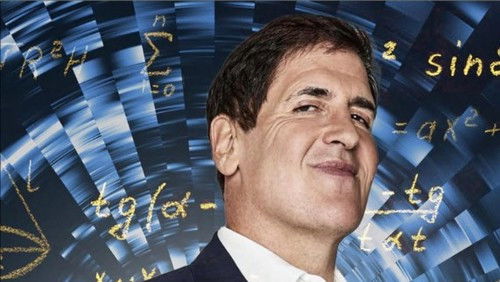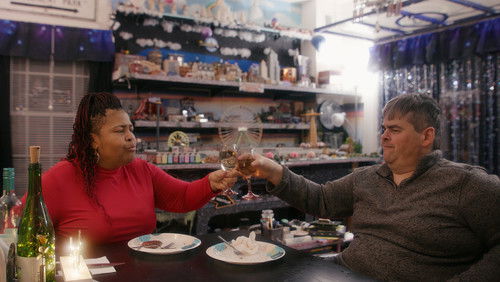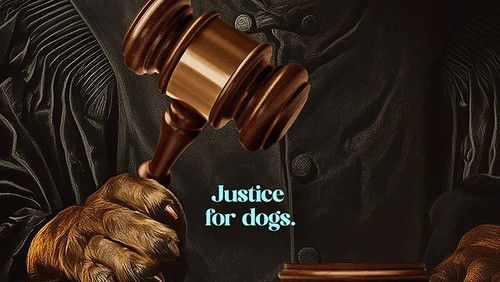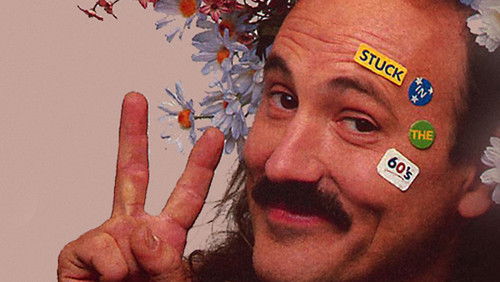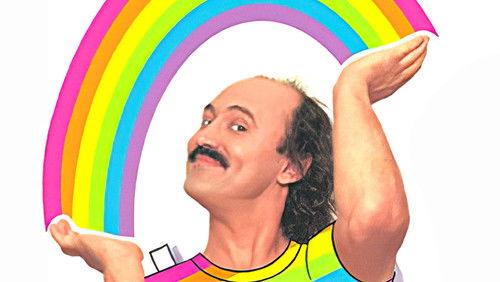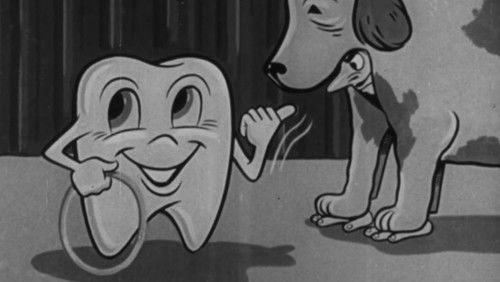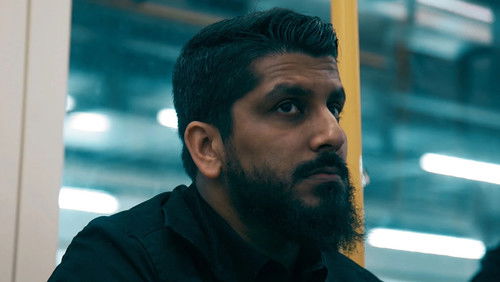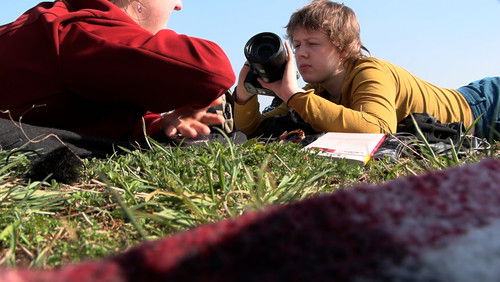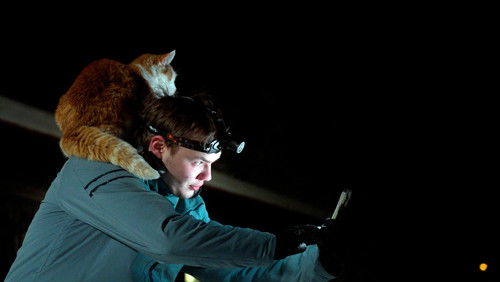Andrew Carnegie: Rags to Riches, Power to Peace (2015)
22KAndrew Carnegie: Rags to Riches, Power to Peace: Directed by Vicky Matthews. With Brian Cox, David Nasaw, Seth Kamil, Ronald Baraff. Andrew Carnegie: Rags to Riches, Power to Peace charts the story of a poor Scottish immigrant who became the richest man in the world. We examine how Carnegie’s steel empire changed America, and his forgotten attempt to bring about peace in the run up to the First World War. Narrated by Brian Cox.
“With Brian Cox narrating Carnegieu0026#39;s own words, this documentary (broadcast on BBC Scotland) depicted the inexorable rise to fame of a Scot who eventually became the worldu0026#39;s richest man.u003cbr/u003eu003cbr/u003eBorn into poverty in Dunfermline, Scotland, Carnegie witnessed the experience of his father losing his job in the mills, the victim of mechanization. The family emigrated to the United States, where Carnegieu0026#39;s financial acumen ensured that he became very rich very quickly. Most of his fortune was established through steel in and around Pittsburgh.u003cbr/u003eu003cbr/u003eVicky Matthewsu0026#39; documentary skated over the details of Carnegieu0026#39;s early life; she was much more preoccupied with his philanthropic activities. Having made so much money, he firmly believed that it should be used for the betterment of the community. Never one just to give money away, he participated in schemes whereby he provided matching funds to anyone interested in establishing schemes for the public good – founding libraries and museums, for example. The documentary showed just how global the Carnegie name became; not only in the United States but in Europe as well.u003cbr/u003eu003cbr/u003eNonetheless Carnegie was also concerned to perpetuate his name. Having paid for and reconstructed a diplodocus dinosaur for his own museum in Pittsburgh, he funded several plaster copies of the same reptile to be distributed worldwide – in Londonu0026#39;s Natural History Museum, for example. He purchased a country estate in Skibo, in the Scottish Highlands, where he attracted most of Europeu0026#39;s rich and famous as guests, including King Edward VII of Great Britain.u003cbr/u003eu003cbr/u003eAnd yet the documentary offered the clear suggestion that despite his wealth, Carnegie was something of a failure, especially in his initiatives to promote world peace. He funded conferences, and sponsored ex-President Theodore Roosevelt to arrange a meeting between King Edward VII and the Kaiser in Paris. Later on he built a peace building in The Hague, and funded several committees dedicated to promoting harmony. All these initiatives failed to prevent the outbreak of World War I. Partly this was due to self- interest (especially on Rooseveltu0026#39;s part), and partly – although it was not overtly suggested in the documentary – because Carnegie misunderstood the zeitgeist that prompted the outbreak of war. He died a rich yet disappointed man.u003cbr/u003eu003cbr/u003eMost of the interviewees in this documentary drew attention to Carnegieu0026#39;s benevolent nature, but one could not help but conclude that despite his initiatives, money cannot buy everything, especially when different personalities from different cultures are involved.”
